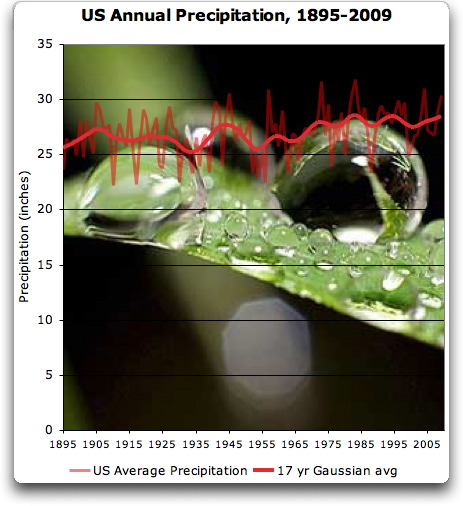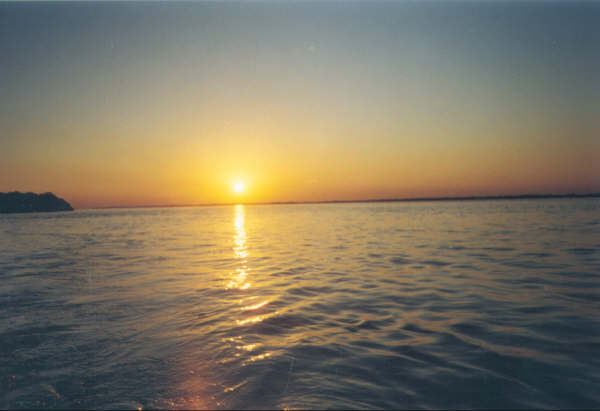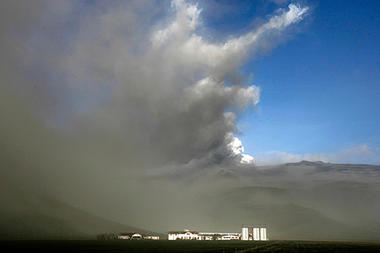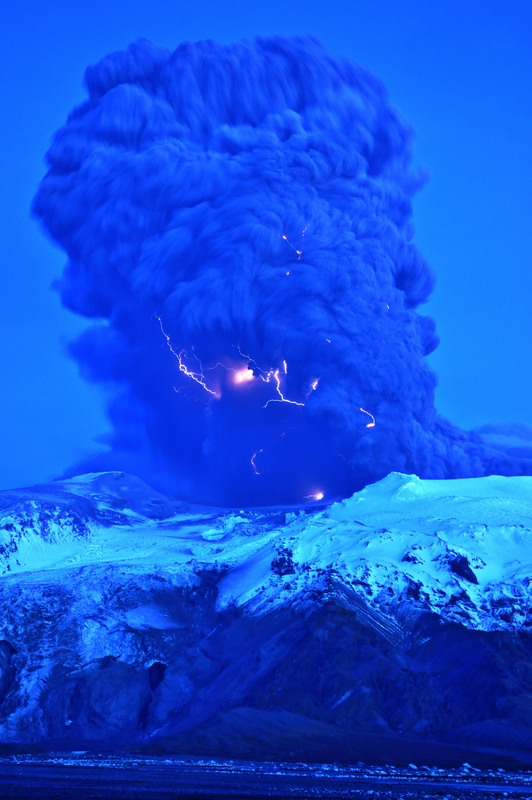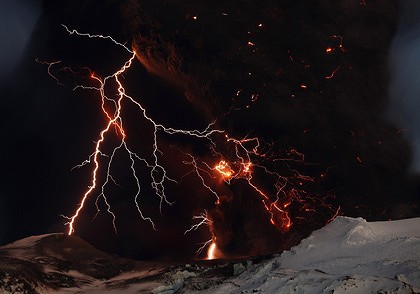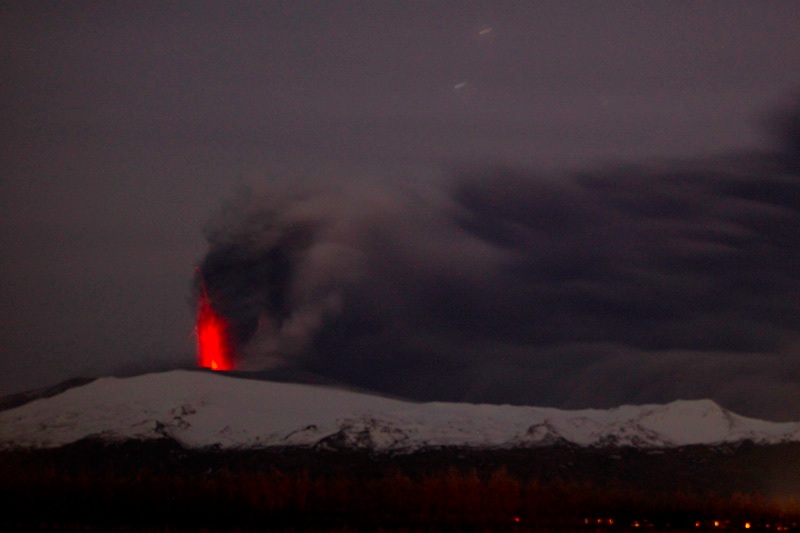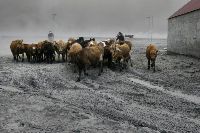
© Brynjar Gauti | Associated PressVolcanic ash can cause internal bleeding and bone damage in animals, which are most of Iceland's farm economy.
Skogar, Iceland - In Europe, the volcanic ash danger travels at high altitudes, but for Iceland's farmers the problem is very much on the ground.
Farmers across the region where the volcano erupted this week under the Eyjafjallajokull glacier have been scrambling to protect their herds from inhaling or ingesting the ash, which can cause internal bleeding, long-term bone damage and teeth loss.
Near Skogar, south of the volcano, the ash blew down from the mountain, blotting out the sunlight and covering everything - pastures, animals and humans - in a thick, gray paste.
Berglind Hilmarsdottir, a dairy farmer, teamed up with neighbors Saturday to round up her cattle, some 120 in all, and get them to shelter. In the panic, some of the animals got lost in the fog of ash, and the farmers had to drive around searching for them.
"The risk is of
fluoride poisoning if they breathe or eat too much," Hilmarsdottir said through a white protective mask.
The
fluoride in the ash creates acid in the animals' stomachs,
corroding the intestines and causing hemorrhages. It also binds with calcium in the blood stream, and after heavy exposure over a period of days
makes bones frail, even causing teeth to crumble.
